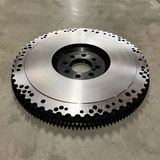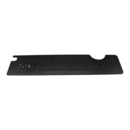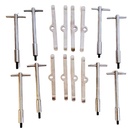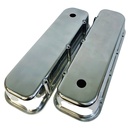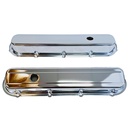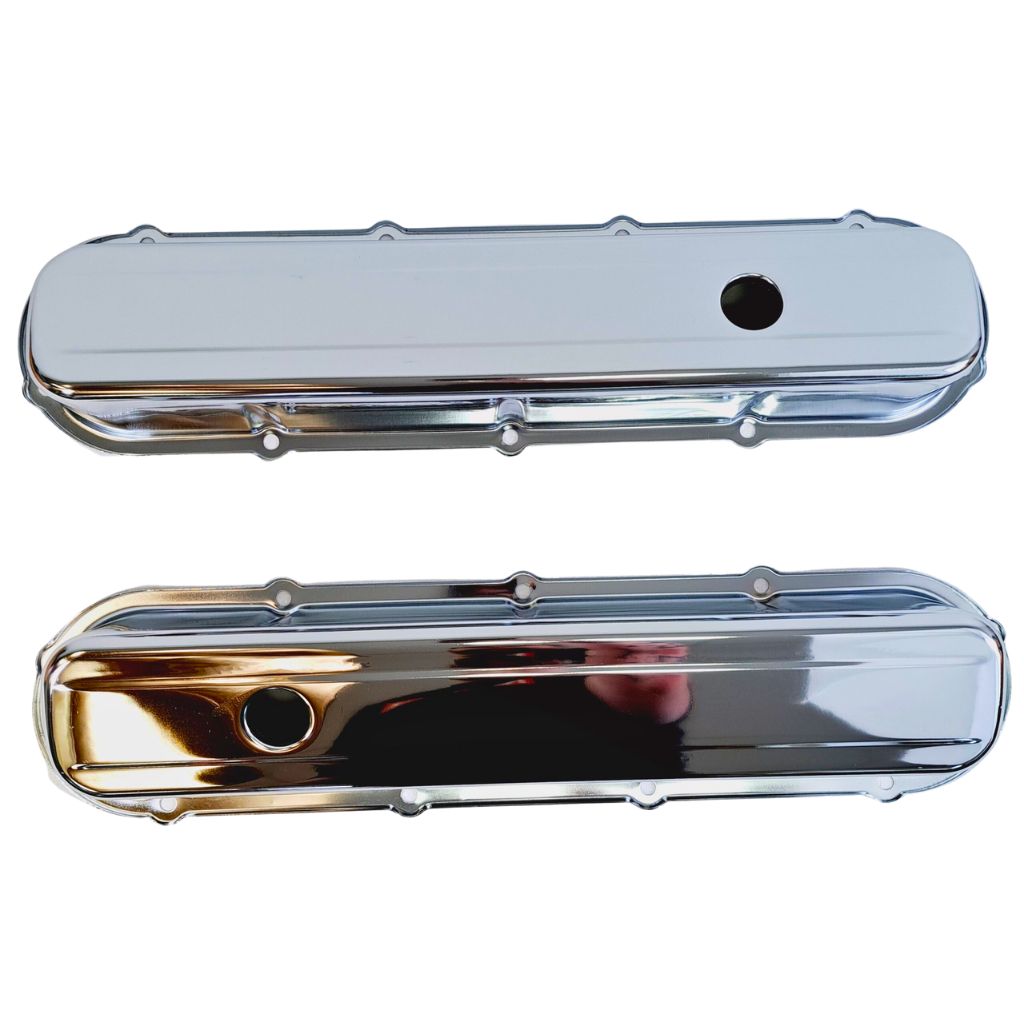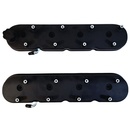Valve cover
Valve covers serve a dual purpose of shielding the valvetrain from dirt and releasing crankcase pressure. Additionally, they may contain brackets and outlets for oil filling and ignition coils. Valve covers are commonly replaced in V8 engines where modified options are available.
Products
ASS Valve cover plate BMW M52 / M54
Highest quality in stainless steelPre-order now
Valve covers Big Block Chevy BBC 65-00 Chrome
1965-2000 396-454 Chevrolet Big Block2-4 days
Valve covers Cadillac 77-79 425-368 68-76 472-500 Chromium
Cadillac 77-79 425-368 68-76 472-500In stock
Valve covers Ford 220-351 Windsor Chromium
1962-2001 Ford 220-351W Small BlockPre-order now
Valve cover, Valve covers
How do I change the valve cover / valve covers?
Thoroughly clean all joints against the valve cover and then remove all connecting parts. Now you can unscrew the valve cover. Also make sure that no gasket material falls into the cylinder heads.
How tight should the valve cover bolts be tightened?
Always use original tightening torque unless otherwise stated. If you can't find any data, 8Nm is usually sufficient in the vast majority of cases for both plastic and aluminum as well as sheet metal. Make sure your valve cover gasket doesn't slip to the side and cause a leak.
How do I know it runs freely against moving parts?
Always turn the engine around after assembly so that all moving parts move freely.
If it is tight between the valve cover and the moving parts of the cylinder head, use modeling clay between the valve cover and areas where it is tight. Then measure the clearance by checking the modeling clay after the engine has been turned around.
Leave at least 2mm (0.08") clearance between valve cover and moving engine parts.
Ventilator / PVC valve / Crankcase ventilation?
Almost all engines have sockets for crankcase ventilation in the valve cover. This can be called ventilator, PVC valve or crankcase ventilation. Make sure this is properly sized if you have a tuned engine. Read more here. Engines with hydraulic lifters do not have this need.
Which valve cover material should I use?
Whether you use plastic, aluminum or steel can be important depending on what you are going to use the car for. A racing car, for example, does not want a plastic valve cover as it can melt from heat radiation.
Which screws should I use?
In racing/motorsport, V8 engines often use so-called T-bolts to be able to easily dismantle valve covers without tools to quickly and easily inspect and check valve play.
Are fasteners for ignition coils good on valve covers?
If there are ready-made brackets for separate ignition coils that can be screwed directly onto the valve cover, this is usually a simple and stylish solution.

















